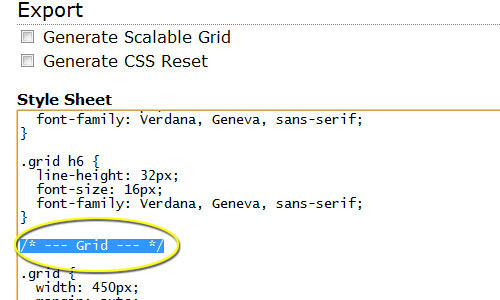
A CSS grid enables you to change the visual order of your pages without affecting the content hierarchy. A theme that does not use a CSS grid may produce unexpected behavior. To avoid such problems, you should keep the content hierarchy intact. No repositioning should change the meaning of the content. If you’re not sure how to use CSS grids, here are a few tips. Also, consider using a responsive css grid on your WordPress theme.
CSS Grid has numerous advantages over its predecessor, Flexbox. One of the main advantages of using a grid layout is that it offers more control over overlapping. For example, if you have a three-column listing, you will have twenty-one-inch spaces between columns with CSS Grid and only 20-px spacing with Flexbox. Flexbox allows you to squiggle elements to fit your content, while Grid CSS has no such limits.
Another notable feature is its flexibility. A grid layout is a great feature for a WordPress theme, and you can use one of its pre-built grids to create a website with minimal effort. This grid allows you to create a visually stunning site with a simple set of customization options. You can choose site-wide or sidebar layouts, as well as unlimited block options. You can also choose from four different designs, including one for each page.
CSS Grid offers a variety of layout options, including multiple columns. The grid layout is very popular among magazine websites. You can use CSS Grid to create a magazine style layout without relying on hacks and flexbox fallbacks. It’s lightweight and offers great styling. You can even use CSS animations to create a beautiful poster layout. It only requires about 200 lines of CSS to create the poster-style layout you see on some magazines. You can even use equal-height columns on single posts!